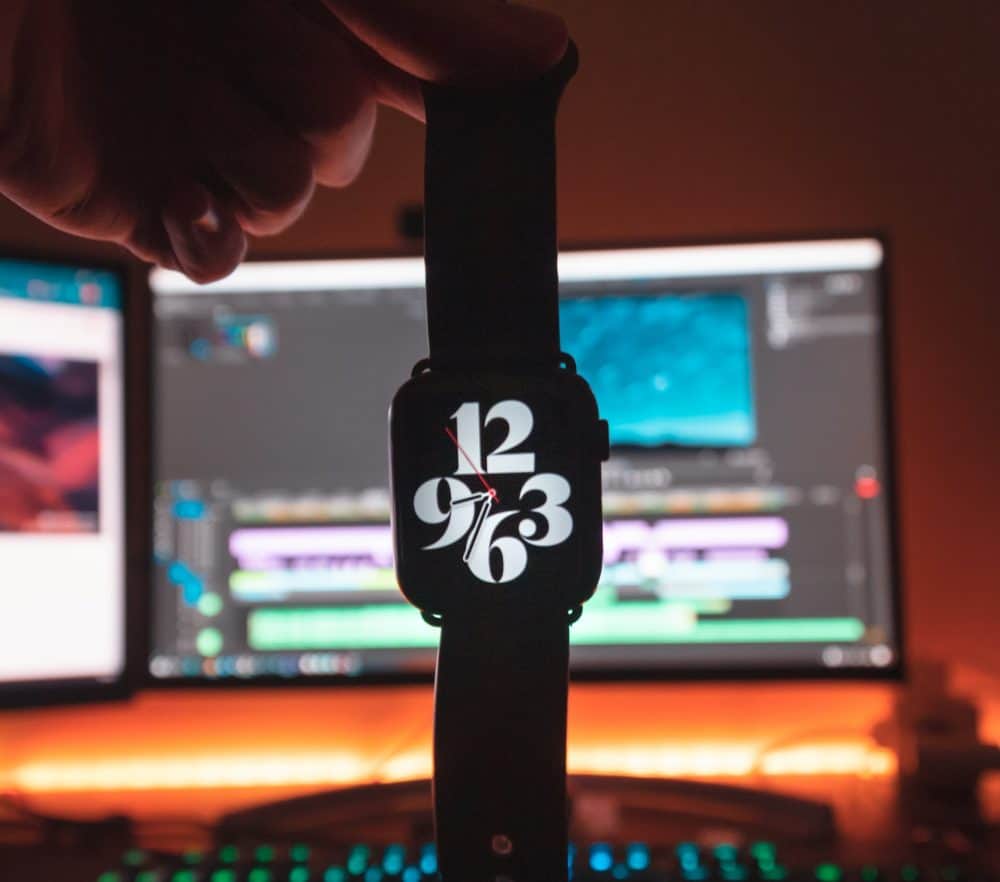
In an ideal world, we'd all be riding unicorns to work and, when we come back home, play video games on screens with no input lag whatsoever. Since this is not an ideal world, however, one has to wonder: what is a good input lag for gaming monitor? What amount of it is acceptable?
With this article, we’re not only going to teach you what input lag is and why it can be a major issue when gaming, but also how to find a monitor that won’t annoy you with how ridiculously laggy it is.
Make no mistake: while you can game on any display you have at home, that doesn’t mean it’s going to give you a decent playing experience. There’s a world of difference between playable and enjoyable, after all.
What Is Input Lag?
As you may or may not know, the input lag of a monitor is the term used to describe the time elapsed between your graphics card’s rendering of a single frame, and its subsequent appearance on the monitor.
In simpler terms, input lag is the perceptible delay between you physically moving your mouse, and your virtual mouse pointer’s equivalent travel, as it is shown on your screen. It is commonly measured in milliseconds.
There’s no such thing as zero input lag, keep in mind: our computer screens can’t defy physics, sad as that might be. No matter what, you always have to consider some amount of input lag will be present during image rendering.
Is Input Lag a Major Issue While Gaming?
Now, you might be wondering - is input lag even that big of a deal? Or is it just one of those techno-babble gizmos that make no difference in day-to-day use? The answer is simple: input lag can be a huge problem, but it won’t always necessarily be perceptible.
Titles that suffer the most from input lag issues are twitch shooters, fighting games, and any real-time multiplayer title. There are also racing games to consider, as well as pixel-perfect platformers.
Any game that benefits from lightning-fast reflexes will require absolutely minimum input lag, and the simple truth is that many displays can’t keep up with this.
How To Recognize Input Lag
If we got you thinking whether you, too, are dealing with input lag but didn’t even know it, you don’t need to worry too much.
Those who deal with input lag know that they’re dealing with input lag. It’s a really specific kind of issue: you’ll press a button, but the desired action will only be completed after a delay.
It’s not a huge delay, of course. Remember that we’re talking about milliseconds here. But imagine an average head-to-head shootout in multiplayer: do you want to lag even a tenth of a second behind your enemies? That’s one great shortcut towards frustration right there.
Do Gaming Monitors Have Input Lag?
You’re going to experience some amount of input lag with every screen, no matter if it’s a dedicated gaming monitor or not. Having said that, gaming monitors often focus on delivering a fast and crisp image, which is what makes them desirable.
So, even though every monitor has input lag, there are ways to mitigate and minimize it.
What Is a Good Input Lag for Gaming?
It should be clear by now what the rule of thumb is: the lower input lag you can find, the better the monitor will be for gaming. For most players, though, anything lower than 5 ms is likely going to do the trick.
Professional gamers are, of course, going to want to stick with gaming monitors that go way lower than 5 ms. At the time of writing this article, some models can go as low as 1.6 ms, which is downright astonishing.
Is 30 ms Input Lag Good?
30 ms input lag is fine, but seasoned gamers with a history of first-person multiplayer gaming might notice the delay between the input and the output of the image. Ideally, you should be looking for a screen with less than 15 ms of input lag.
Can You Notice 30 ms vs 1 ms Input Lag?
Most experienced gamers will be able to feel the difference between 1 ms and 30 ms of input lag. It’s not the kind of thing you’ll necessarily be able to see, but something that you get a sense of during moment-to-moment gameplay.
Of course, someone who plays casually or sticks with, for example, turn-based strategy titles and role-playing games won’t necessarily feel such a relatively small difference. For someone with a background in classic fighting games, though, 30 ms is not good at all.
What Affects the Input Lag of a Gaming Monitor?
The sad thing about all this is that virtually everything negatively affects your screen’s potential input lag, including your gaming hardware and even the specific peripherals you might be using.
Of course, we are going a bit outside of the established subject matter of this article, but it’s important to understand that input lag is just a mainstay when it comes to computer use and - indeed - playing video games.
If your monitor uses any sort of advanced post-processing, such as dynamic contrast or high-dynamic range, it’s adding precious milliseconds to your input lag. Are you using a wireless mouse or a keyboard? Extra input lag. Do you use V-sync to avoid screen tearing? That’s input lag, too.
Is there anything you can do to actually minimize input lag, then?
How To Reduce Input Lag on My Monitor?
Indeed, there are things you can do and steps you can take to reduce input lag as much as possible. We won’t tell you to get rid of wireless peripherals, no worries. With this section, we’re only going to deal with your monitor itself.
- Disable Vertical Synchronisation: V-Sync limits the maximum frame rate your computer can render according to the maximum refresh rate of your monitor; this reduces screen tearing at high FPS, but also introduces a fair bit of input lag
- Disable HDR and any other post-processing modes your monitor might have: doing so will ensure that your monitor isn’t wasting precious processing power on anything other than picture rendering
- Check the refresh rate settings in your OS: many, many people have bought high refresh-rate monitors only to never actually use the maximum setting in Windows
- Enable “Game Mode” or its equivalent: every modern gaming monitor nowadays comes with some equivalent of “zero-latency mode”, which does reduce input lag a fair bit - use it if you have to, but beware of monitor ghosting
Gaming Monitor Panels: TN vs VA vs IPS
To round things off, monitor technology matters as well, and depending on whether you get a TN, a VA, or an IPS panel, you’re going to get vastly different gaming performance. This includes input lag, too.
To begin with, VA (vertical alignment) panels are basically the middle-ground between the remaining two technologies. They offer a decent gaming performance with reasonably low input lag and latency, as well as fairly solid color reproduction capabilities.
IPS (in-plane switching) panels are, on the other hand, mostly designed for creator use. An IPS monitor offers impeccable color accuracy and image crispness you’re unlikely to get with either of the two other types of panels. IPS is pretty slow compared to TN screens, though.
Finally, your average TN (twisted nematic) panel is a phenomenal choice for people whose main concern is to get minimum input lag and maximum responsiveness. They do suffer when it comes to viewing angles and color reproduction, however.
When buying a new monitor, exercise your due diligence and research the specific panel technology it uses. TN will be your best bet, if you're a dedicated gamer with a penchant for fast multiplayer games.
Do TVs Have Low Input Lag?
While this has slowly changed over the years, the traditional purpose of a run-of-the-mill TV was for viewers to consume content, not to directly interact with it. This meant that most television sets had ridiculously high input lag in the range of hundreds of milliseconds.
Things were bad enough that even casual gamers could notice that something was terribly off. In fact, even modern top-of-the-line TVs are considerably slower than modern monitors in terms of input lag.
Having said that, remember that we mentioned 30 ms as the general sweet-spot to keep games playable and snappy across the board. You may have to pay more to get that sort of performance out of a good TV, but it’s definitely doable if you’re interested.
Conclusion
By now, you know what input lag is, what amount of it will be acceptable in what situations, and even how to minimize it if your monitor allows for such a thing.
Over the past decade or so, we’ve seen a proliferation of input lag mitigation technology in computer monitors, and it’s bound to get even better in due time.
Chances are that any contemporary monitor that’s marketed for gamers would serve you well, but it’s always good to be aware of potential issues. Doubly so if it’s gaming performance we’re talking about. Have fun!
References
DisplayLag.com - https://displaylag.com/display-database/
anandtech.com - https://www.anandtech.com/show/2803/2

